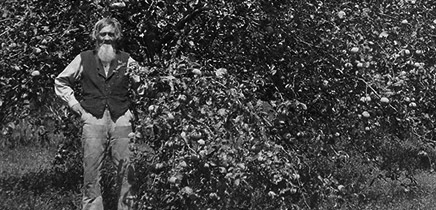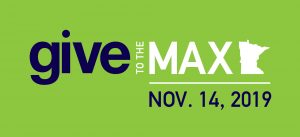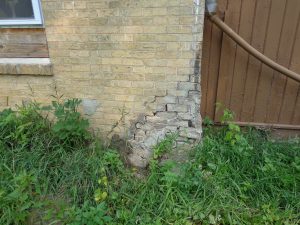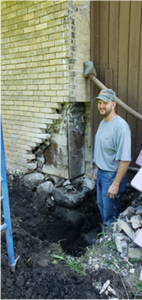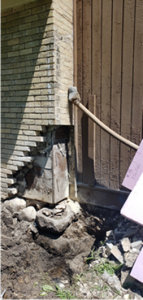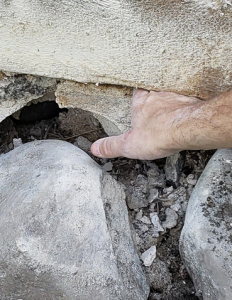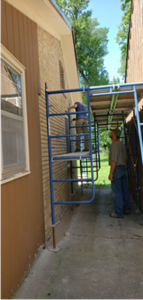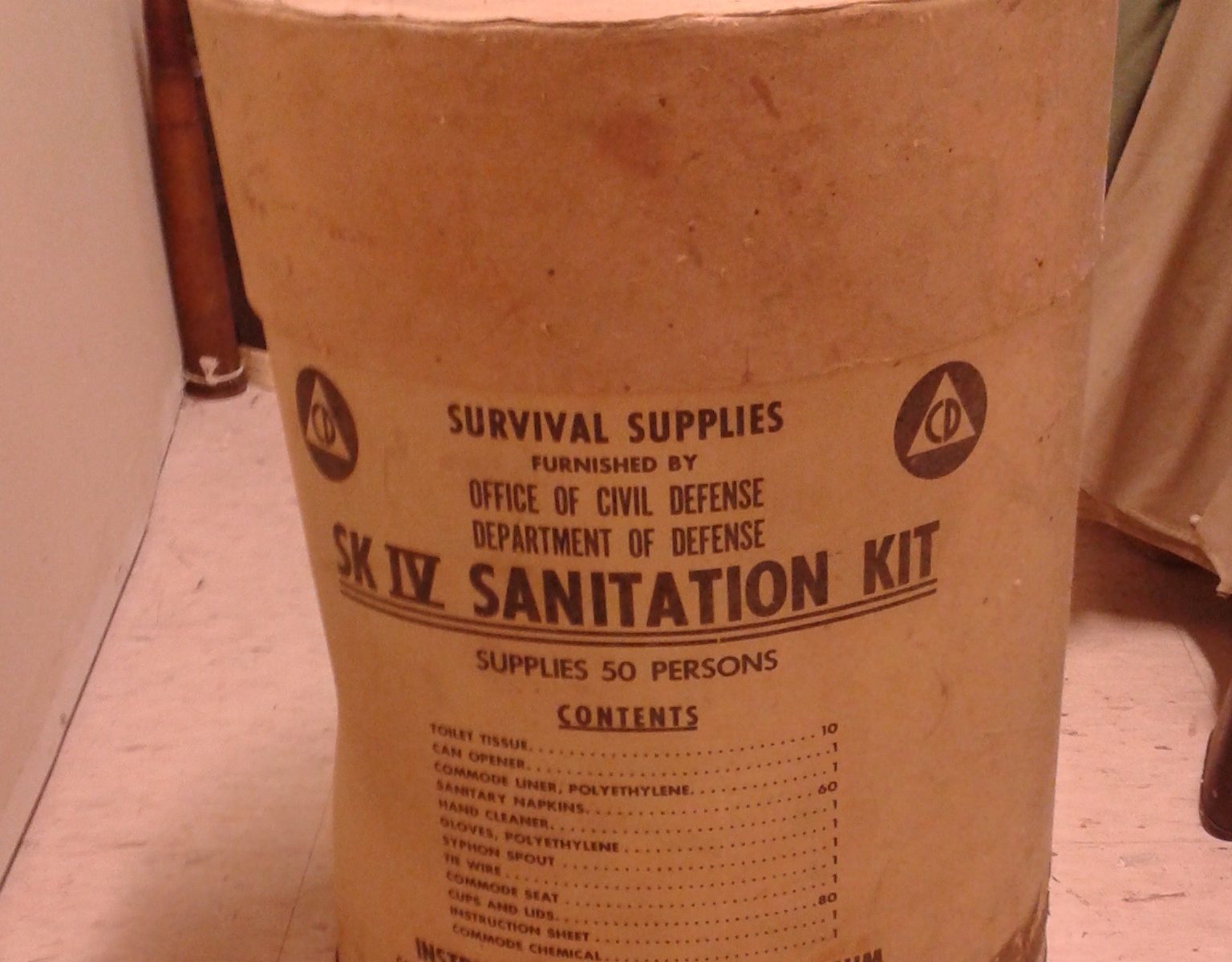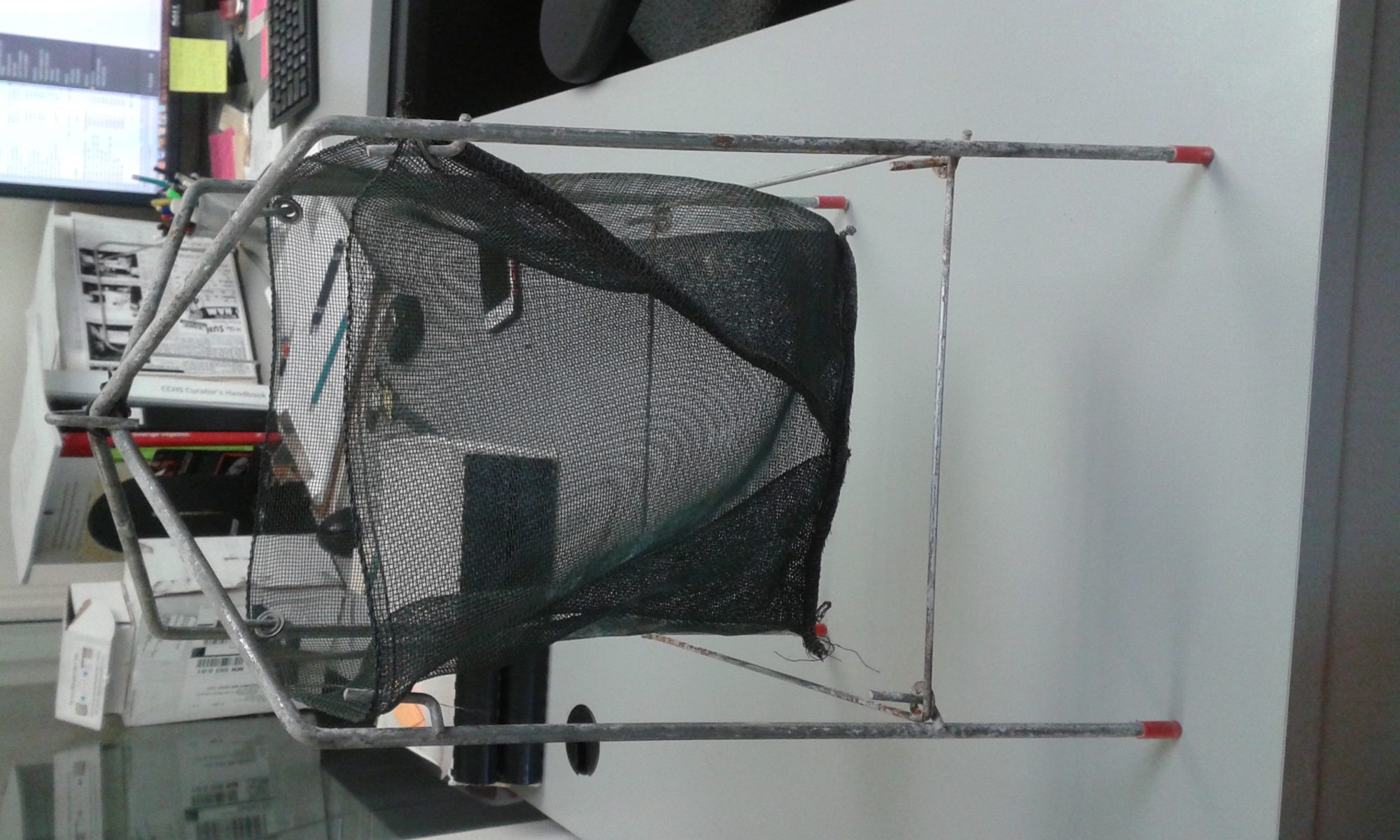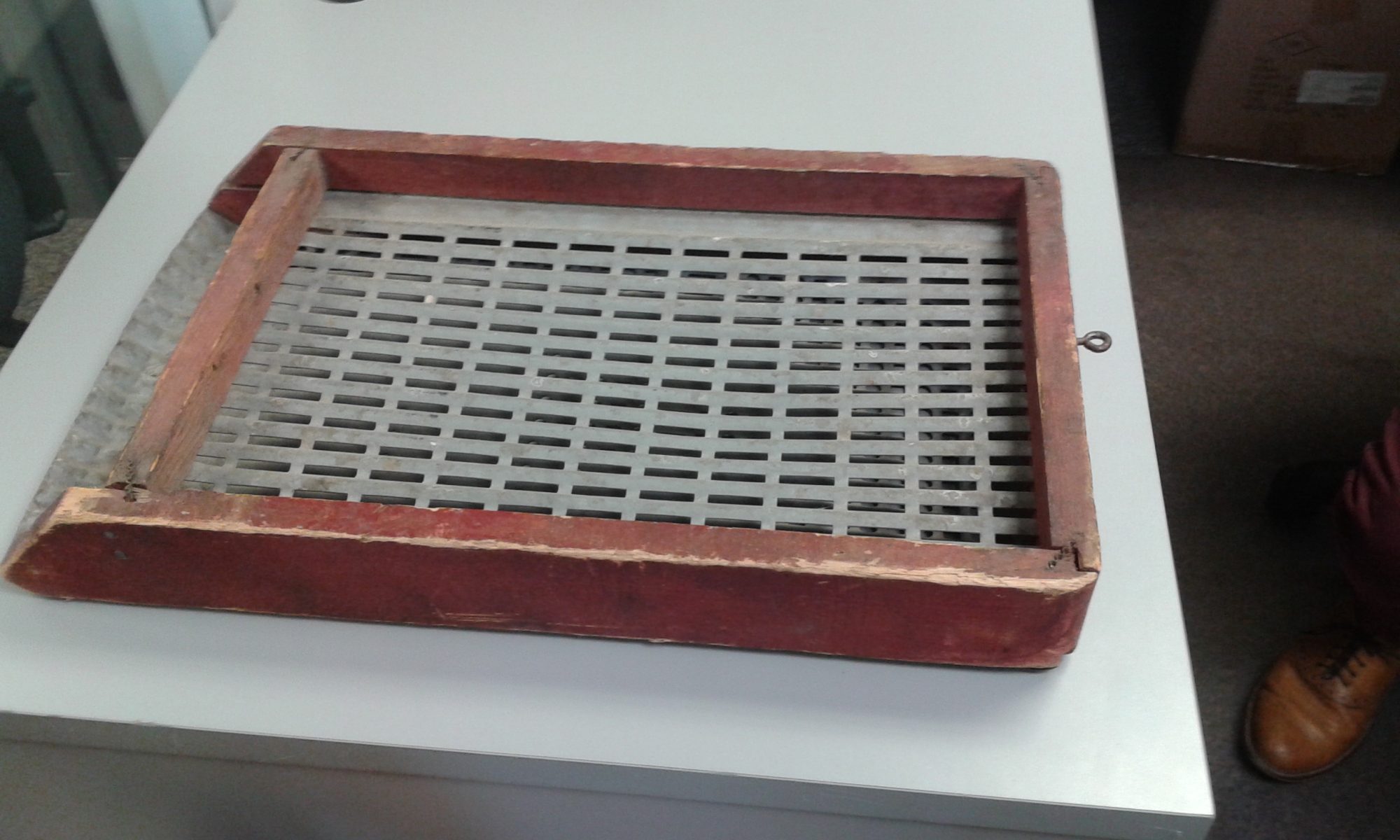It has been a while since I wrote the last blog. Looking back, I realize it has actually been a very long time since the last blog, four months in fact. I could give all kinds of excuses, but the truth is, that the end of the year is simply a very busy and productive period.
There are so many exciting things going on at the farm. It is hard to say one is greater than another. I often think of an old bible verse I learned as a child, that stated; no body part is more or less important than another. With that in mind, let me bring you up to speed on all the exciting news at the farm.
Jeffris Family Foundation Fund Drive
We ended the year with close to $178,000 in pledges and donations. This is after six months of fundraising. Donations and pledges have arrived in amounts from $5 to $60,240. Each pledge or donation, no matter how large or small, is so very important. Pledges are contracts between us and the donor which can extend the full three years of the fund drive. The donor fills out the form and notes how much they will contribute each year, and when they want to be invoiced. This helps us greatly as we plan for the final goal of $500,000. This is the amount we need to have in hand by June 30, 2022 to receive the additional $250,000 from the Jeffris Family Foundation. Some people have chosen to donate per year, but not pledge for the full three years. This is perfectly fine as well.
Donations have been received via Give MN, Facebook fundraisers, and via our website donation button. The website donation button is extremely helpful for our overseas friends, as they are able to use a credit card to donate. We also have wiring instructions if preferred. The website donation button is designated for the fund drive. All donations must be designated for the Jeffris Family Foundation fund drive to be included.
Grants are another source of revenue for the drive. There are however, specific requirements that must be met with both the Jeffris Family Foundation and with the grant source. In December, we were awarded an $111,400 Legacy grant which will be used hire Miller Dunwiddie to prepare construction documents for the farmhouse, granary, and the south barn. Of this amount, $60,240 was approved by the Jeffris Foundation to be applied to the fund drive. The amount is specific for use toward the farm house, as required by the Foundation. Other restrictions applied, but conditions were approved by the Foundation. Construction document preparation has already begun and plans are to have them complete by the end of 2020.
Donor Tree
Mark Smith has been working on the donor tree for the farm. As of today, the below is the design we all like. Large donors will receive an apple in either a blush, red or green color, depending on giving levels. Leaves will have donor names. The leaf colors will be in gold, silver and bronze colors. As with the apples, the color will depend on the donor level.

The Middle (1914) Barn
Several years ago, Representative Nash led the charge to get us an Earmark grant of $160,000 from the Legacy fund. These funds are being used to stabilize the middle (1914) barn. The barn will be used as our interpretation/education center. Work is nearing completion with great results. The stone foundation has been re-tuck-pointed, LVL beams have been installed alongside cracked beams, and rotten floor boards on the loft level have been replaced with new boards sawn from the trunks of several trees removed from the property, due to age. Your chance to see the work completed on the middle barn will be at the Springtime on the Farm event on May 16th. The rain date is June 27th.
The new interpretation of Andrew’s diaries, continue to sell well. You can either purchase a copy of the 750 page book, or you can find it in a word searchable document on our website. Either way, take a look. Reading his diary really bring him and his family to life. It is also something special to read a first-hand account of what it was like to settle in a new land.
A final Good Bye to a Good Friend
One final note: for those who knew our volunteer Rocky Bye; he passed away last fall. He was very special to us. He spent many hours working in our shop. He will be remembered at a celebration of life ceremony in May. At the request of his family, the event will be held at the CCHS.
As always, feel free to contact me about donations, volunteer opportunities or just to say hi. We are all part of one body, working toward a final goal.
Wendy Petersen Biorn
wbiorn@co.carver.mn.us

